‘No denying it’: Sign of major trend on supermarket shelves
There’s a new player stalking shelves at your local supermarket, and the in-demand item has muscled its way into just about everything.

Health
Don't miss out on the headlines from Health. Followed categories will be added to My News.
If you’ve been to a supermarket lately, you’ve probably noticed it. Alongside the grim signs about egg-shortages and the ever-increasing prices, there’s a new player stalking shelves, from drinks to crackers and pre-packaged muscle meals.
It’s protein.
Protein in your cereal. Protein in your chips. Protein somehow crowbarred into your chocolate bars. Your Instagram feed is no safer, a relentless parade of high-protein snack recipes and earnest athleisure wearers extolling its virtues is never far from your fingertips.
And while current stats have most Aussies meeting or exceeding their protein needs, the rise of weight loss medications and extreme diets can sometimes inadvertently push even those with the best intentions off course.

Accredited practising dietitian Susie Burrell, founder of Designed by Dietitians, Australia’s first evidence-based supplement range designed specifically for women, says protein’s rise to It-Nutrient status is long overdue.
“Protein has received an increasing amount of attention in recent years due to its positive association with muscle mass, weight and appetite control,” she explains.
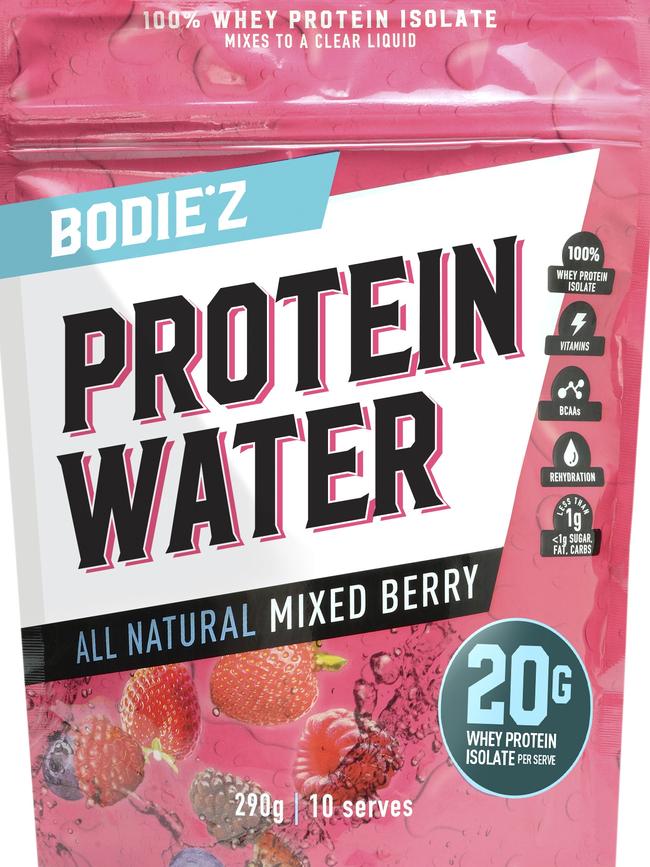
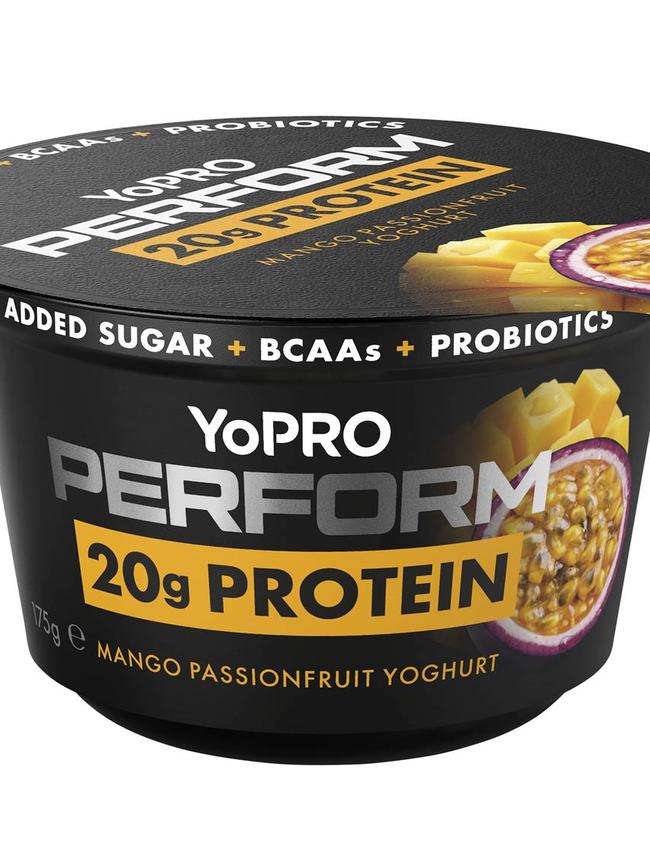
Big brands are clocking the protein trend, too
It’s not just dietitians paying attention. Even fast-food giants are hustling to keep up with Australia’s protein obsession.
Rodica Titeica, Director of Marketing for Subway® Australia and New Zealand, says the trend is reshaping their menus.
“Subway is known for its fresh range of better-for-you food options,” Rodica says. “Our new Signature Chicken Caesar Regular wrap contains a whopping 34 grams of protein. For the average woman, that’s over half of the recommended daily protein intake reached in one meal.”
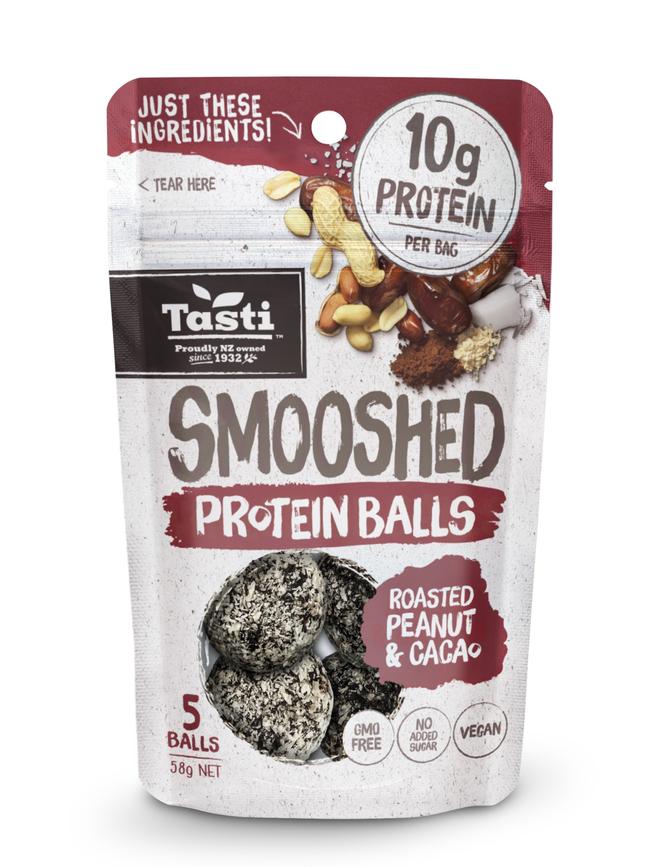
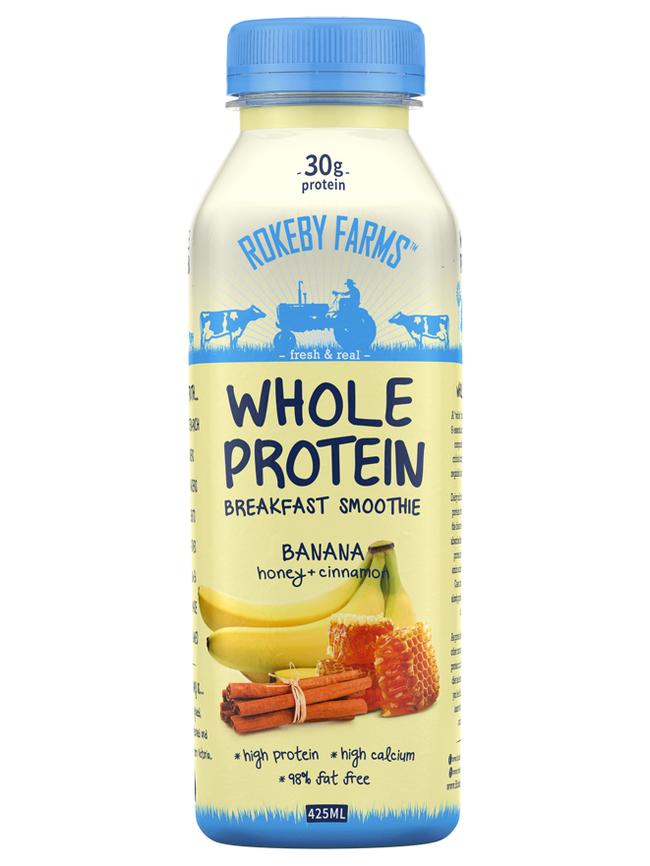
Subway’s own research shows that for Millennials and Gen Z consumers, protein is now a major driver of food choice, right up there with taste.
“There’s no denying the protein health trend we’re seeing across Australia,” Rodica says. “Consumers are prioritising options that deliver on both flavour and functionality.”
The protein-perimenopause connection
And there’s another factor driving Aussie women’s increased focus on protein: hormones.
“For women in their late 30s and 40s, more attention is being given to perimenopause and the importance of a higher-protein diet to help optimise metabolic rate,” Burrell says.
Research from Sydney University suggests that minor adjustments to the balance of macronutrients in a woman’s daily diet during the transition to menopause could lessen or even prevent weight gain and lean tissue loss.
Getting the protein equation right, says Burrell, is about future-proofing your body, especially as natural hormonal shifts make things like energy, strength and metabolism a trickier dance.
And while many of us might think we’re covered with a daily dollop of yoghurt and the odd protein ball, the dietitian says some women are still undershooting.
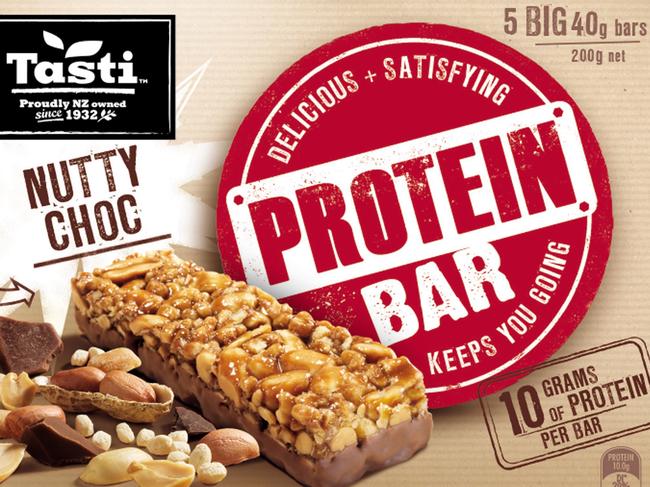
“At a minimum, you want around 1g of protein per kilo of body weight,” she says. “That’s about 60–80g per day for most women. But there’s growing research suggesting that optimal amounts, especially for women in their 40s, are closer to 1.4–1.6g per kilo. That’s 100–120g a day.”
Natural vs. added protein: does it really matter?
Here’s where it gets a little more difficult to understand (and where the ‘protein-enriched’ labels on supermarket shelves get more complex).
“Natural sources are best,” Burrell says. “Many protein-fortified foods are ultra-processed. Natural proteins from animal-based foods like meat and dairy offer a full amino acid profile. Plant-based proteins from legumes and wholegrains offer lesser amounts overall.”
In other words: yoghurt will always beat protein-fortified pudding pretending to be yoghurt.
Burrell also adds a sharp warning about ‘protein-enriched’ junk foods: “Any food that doesn’t naturally contain a lot of protein – pizza, chocolate, chips – should be avoided. They’re generally higher-calorie and ultra-processed.”
Is there such a thing as too much protein?
The short answer is yes – but you’d have to really commit to making it a problem.
“A protein-rich food at each meal is a good starting point,” says Burrell. “Lean meat, fish, eggs, dairy or, for plant-based diets, wholegrains or legumes at each meal.”
And while protein is having a well-deserved moment, there is no need to treat it like a competitive sport.
“Anything over 2g per kilo of body weight is likely unnecessary and simply excreted by the kidneys,” she says.
Originally published as ‘No denying it’: Sign of major trend on supermarket shelves




